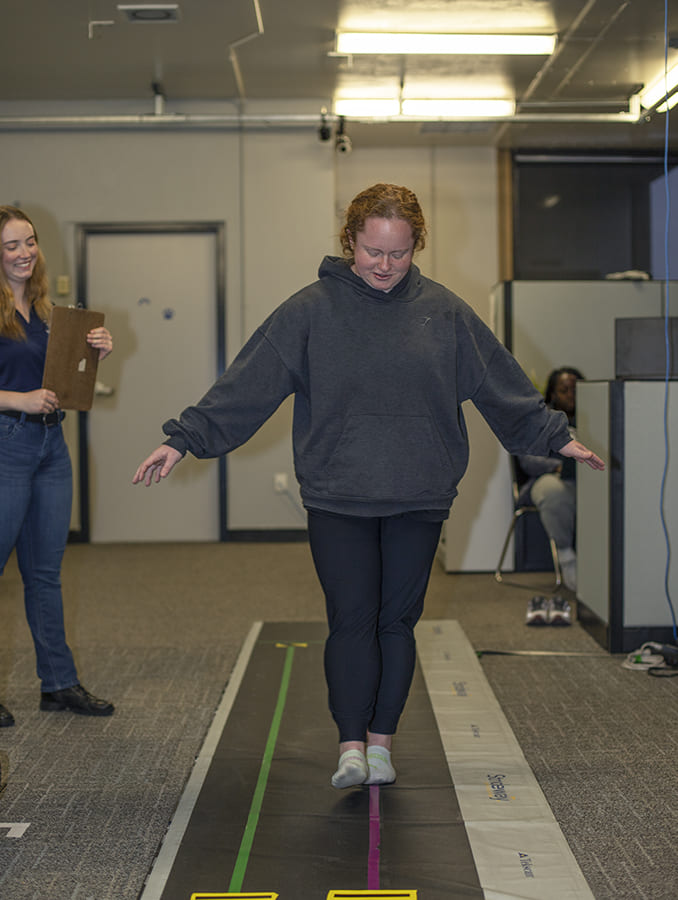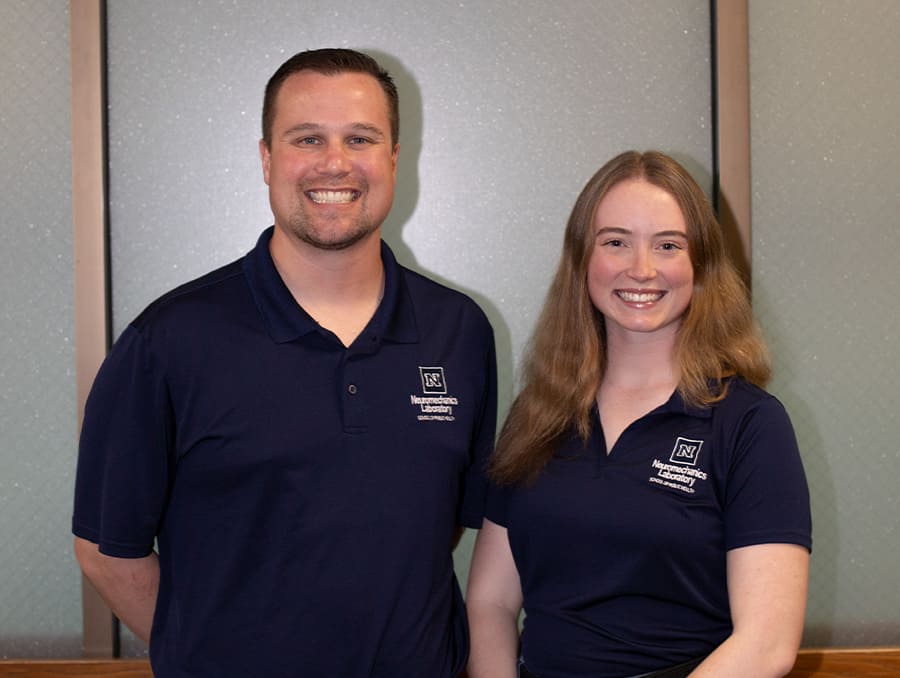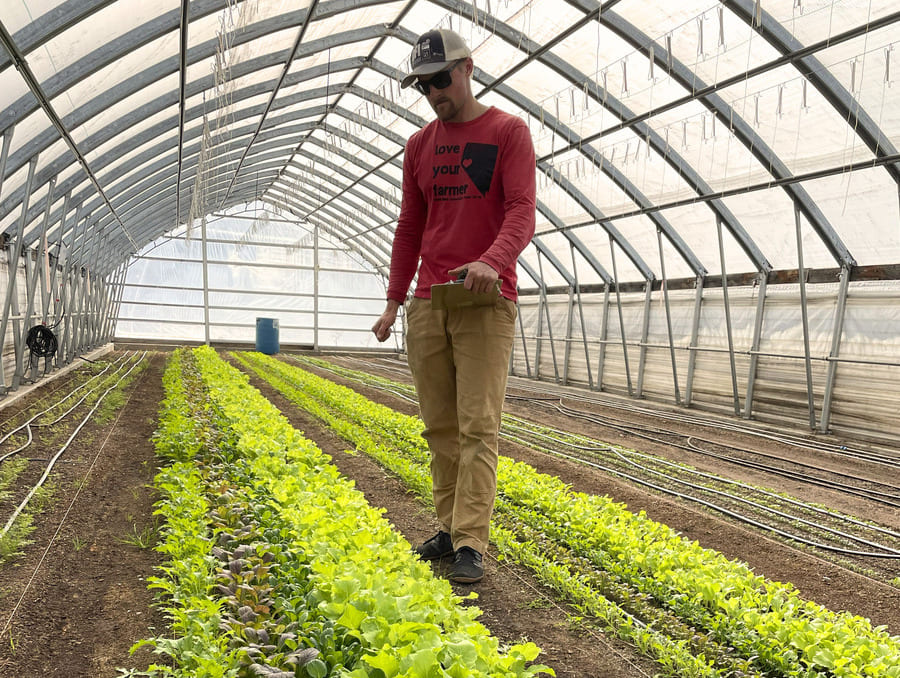Public Health student researcher Stella Thornton has authored Nevada Senate Bill 80 (SB80) that adds safety measures and improved concussion protocol for student athletes. Thornton, a student researcher at the School of Public Health’s Neuromechanics Lab, led by Nicholas Murray, Ph.D, is leading the state in educating K-12 systems, administrators and teachers about diagnosing concussions.
“Dr. Murray’s knowledge and expertise in concussion management were key to working with the stakeholders and the ultimate passage of the bill,” Thornton said.
SB80 was signed into Nevada law by Governor Joe Lombardo on June 6, 2023. This bill revises provisions related to the prevention and treatment of head injuries for all children in grades Kindergarten through 12. These provisions include updates to current concussion management guidelines regarding children returning to sports with new policy additions for students re-entering a learning environment.
Specifically, the bill amends the existing law by updating return-to-play (RTP) and adding return-to-learn (RTL) policies. RTL is an initiative that helps educate teachers and administrators understand concussions. It also supports the process of easing students back into the classroom. It helps them identify signs of concussions as concussions are an “invisible” injury in which half of student concussions go unreported or undiagnosed. SB80 applies to all student-athletes, grades Kindergarten through12, within the Nevada Interscholastic Activities Association (NIAA) sanctioned schools, thereby providing all ages and individuals with opportunities to receive concussion evaluations and management plans.
Thornton decided to write SB80 after experiencing two concussions only months apart, and seeing firsthand how such an injury could impact student success. In 2021, she sustained a TBI (traumatic brain injury) while horseback riding, and sustained a second concussion four months later, which resulted in a four-month hiatus from school, jeopardizing her graduation. Thornton says she lacked in-school support for her injuries, but with her parents' help, she found Murray's Neuromechanics Lab, where she received regular testing and vestibular therapy. Thornton had to advocate for herself during recovery, facing mental and physical strain, losing friends and struggling with teachers' understanding of concussions. Three years later, she still reports experiencing concussion-related symptoms, underscoring the ongoing impact of TBIs. Thornton prioritized returning to school and through personal experience, found how important it is to “Return to Learn” before “Return to Play,” which is another key aspect of SB80, one she hopes will help many students across the state.
Dramatic changes are to be expected once policy takes effect as every school and school district must follow the NIAA return-to-play/activity and the Department of Education RTL policies by creating their own concussion management plan. They must adhere to, implement and maintain them.
“For the long-term, our state coalition is focused on training and helping the schools implement these concussion management plans,” Murray said.
The Neuromechanics Lab has been operated by Murray since it was established in 2019 and has been leading the state coalition which includes the chief medical officer, Department of Education, and the NIAA to implement SB80 into policy. Initially, the use of the Neuromechanics Lab was restricted to student-athletes for all baseline and post-brain injury assessments ‒ specifically, concussion management. Now, the Lab will be at the forefront of training medical professionals and coaches in NIAA sanctioned schools to conduct assessments for injured students, that can be sent back to the Lab for review and assessment

The Neuromechanics Lab’s state-of-the-art facility houses an 18-camera Qualisys (active and passive) motion capture system, four embedded force platforms, an instrumented walkway, eye tracking, electromyography and numerous other pieces of equipment. These pieces of equipment allow the Lab to analyze human gait, posture and vision from a biomechanical perspective.
Assessments provided through the Neuromechanics Lab come at no cost to University students. Learn more about the Neuromechanics Lab and book your appointment today by visiting the Neuromechanics Lab website.
















